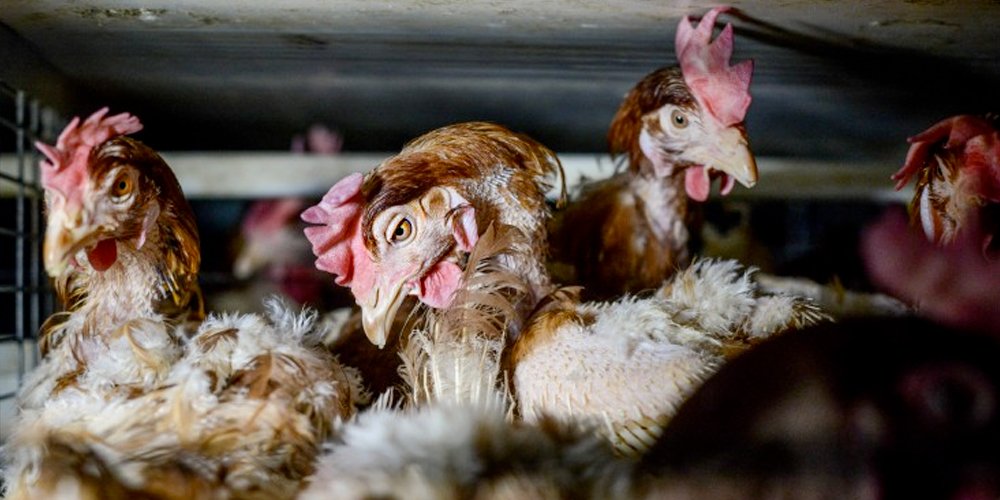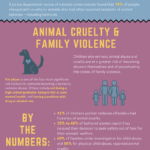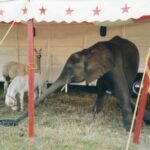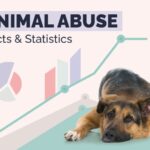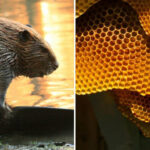Introduction: The Sanitized Image of Farming
The modern consumer is sold a vision—sun-drenched fields, red barns, and contented animals grazing freely. This bucolic fantasy is splashed across milk cartons and egg boxes, embedded into our collective consciousness. But behind this carefully curated façade lies an uncomfortable truth: the industrial farm is often a theater of animal cruelty, hidden behind walls, euphemisms, and regulatory loopholes.
The egg, the steak, the glass of milk—they are not simply food. They are the end products of a system that transforms sentient beings into commodities, efficiency into ideology, and suffering into silence.
Confined Lives: The Prison of Industrial Farming
Farm animals don’t roam. They are confined, crammed, and caged.
Layer hens live in battery cages, stacked like filing cabinets, where each bird may have less space than a sheet of paper. Pigs are immobilized in gestation crates, unable to turn around or nuzzle their piglets. Cows in industrial feedlots spend their lives trudging through manure, their bodies engineered to fatten unnaturally fast.
These are not merely logistical choices. They are deliberate acts of containment, designed for maximal output and minimal cost. The result is a psychological hellscape—animals deprived of natural behaviors, stripped of autonomy, and trapped in an existence that borders on dystopian.
Routine Violence: Standard Practices or Sanctioned Abuse?
The farm is a factory, and violence is written into the operating manual.
Chicks have their beaks sliced off with a hot blade to prevent pecking in overcrowded cages. Piglets are tail-docked without painkillers. Calves are dehorned, often screaming as the bone and tissue are burned away. These are not aberrations. They are industry standards—routine procedures deemed “necessary” for production.
The line between operational necessity and cruelty blurs when pain becomes protocol. If such acts were performed on dogs or cats, there would be outrage. But within the industrial farm system, they are not only tolerated—they are normalized.
The Commodification of Life
Animals are not seen as living beings. They are assets. Units. Metrics.
Each cow is evaluated by her milk yield. Each hen by her egg count. Each pig by his growth rate per kilogram of feed. This economic lens reduces life to ledger entries. Suffering is not calculated unless it interferes with productivity.
There is no room for empathy in this paradigm. The transformation of animals into product is so complete, so thorough, that even the language reflects it: “livestock,” “poultry,” “meat on the hoof.” The creature vanishes, leaving only a resource to be optimized.
From Abuse to Neglect: When Suffering Becomes Invisibility
Not all cruelty is active. Sometimes it’s passive. Sometimes, it’s just looking the other way.
Animals are left to languish with infections, injuries, and deformities because treatment costs money. Some collapse under their own weight, bred too large for their skeletons. Others live in filth, standing in their own waste, riddled with parasites, their bodies breaking down long before slaughter.
From abuse to neglect, the suffering persists—quiet, unseen, and accepted. These are not rare exceptions. They are systemic failures, cloaked in routine and shielded by indifference.
Breaking the Silence: Reform, Resistance, and Responsibility
But silence is not inevitable. And neither is complicity.
Undercover activists have risked prosecution to document these horrors. Hidden cameras have captured the unspeakable. Whistleblowers have brought truth into the daylight, shaking public trust in the industry’s carefully crafted image.
Yet change requires more than outrage. It demands responsibility. Consumers hold immense power. Each purchase, each plate, each voice raised in protest contributes to a larger movement. A refusal to accept the status quo is the first step toward dismantling it.
Farms could be sanctuaries of sustainability and compassion. But first, the curtain must fall. The brutal reality must be seen for what it is—not the exception, but the norm. Only then can we begin to imagine something better. Something humane. Something true.
